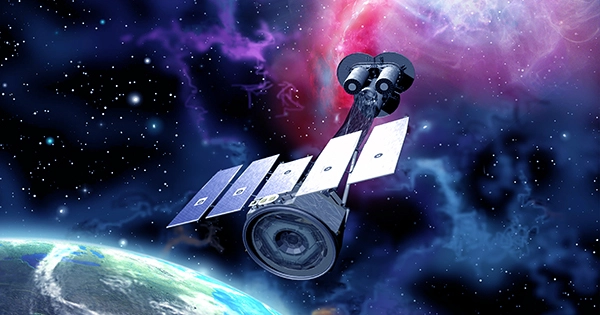The forthcoming XRISM (X-ray Imaging and Spectroscopy Mission, pronounced “crism”) spacecraft will investigate the universe’s hottest areas, biggest structures, and most massive objects.
XRISM, led by JAXA (Japan Aerospace Exploration Agency), will use spectroscopy, the study of how light and matter interact, to gaze into these cosmic extremes. Sophia Roberts, a video producer at NASA’s Goddard Space Flight Center, talks us through how knowing spectroscopy expands our understanding of the universe in this explainer.
“I think we all get excited for the beautiful images we get from missions like NASA’s James Webb Space Telescope,” added Roberts. “However, after diving deep into spectroscopy, I really value the critical context it provides scientists about the story behind those images.”

Resolve, XRISM’s microcalorimeter spectrometer is a partnership between JAXA and NASA. It will generate spectra, which are measures of the intensity of light over a range of energies, for X-rays ranging from 400 to 12,000 electron volts. (By comparison, the energies of visible light range between 2 and 3 electron volts.)
Resolve does this by measuring the minuscule temperature changes caused by an X-ray hitting its 6-by-6-pixel detector. To measure that minute increase and calculate the energy of the X-ray, the detector must be cooled to roughly minus 460° Fahrenheit (minus 270° Celsius), only a fraction of a degree above absolute zero. After a multistage mechanical cooling process within a refrigerator-sized container containing liquid helium, the device achieves its operational temperature.
Astronomers will use Resolve to learn more about the composition and mobility of extremely hot gas within galaxies, near-light-speed particle jets generated by black holes in active galaxies, and other cosmic mysteries.
Similar spectra are captured by the Webb telescope but for infrared light. Webb’s spectra have revealed the composition of gas near active black holes and charted its movement toward or away from the observer. At higher energies, data from XRISM’s Resolve instrument will do the same, contributing to a more complete picture of these objects.
XRISM is a joint mission of JAXA and NASA, with participation from ESA (European Space Agency). NASA’s involvement includes Canadian Space Agency science participation.
















